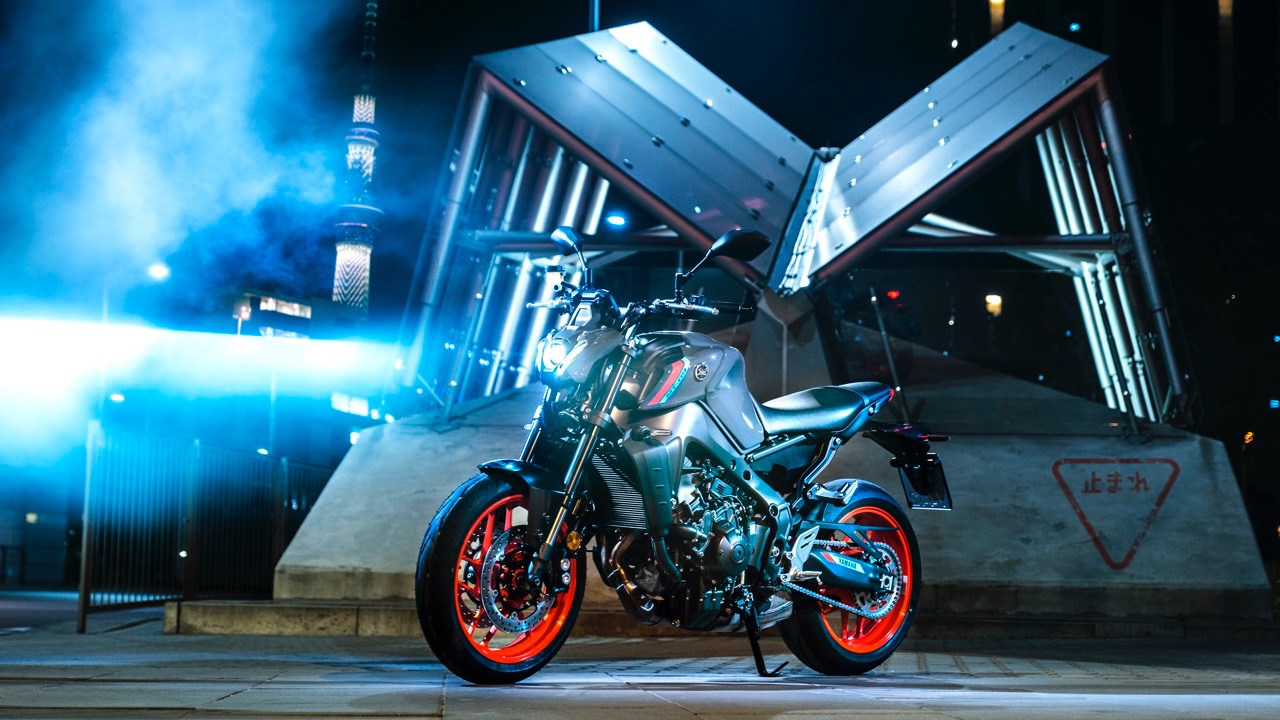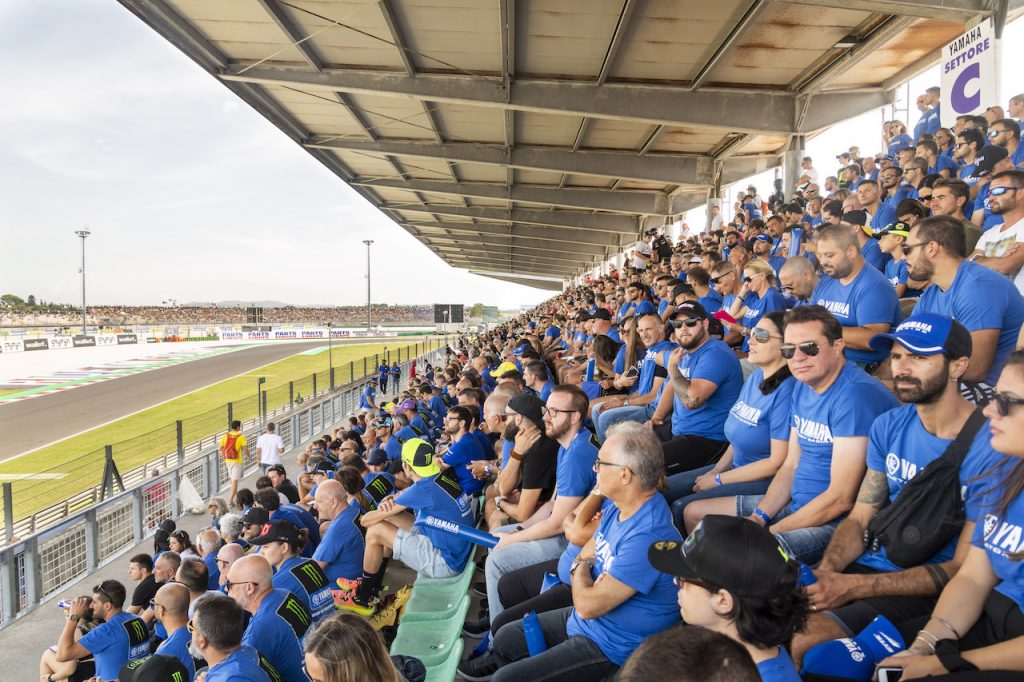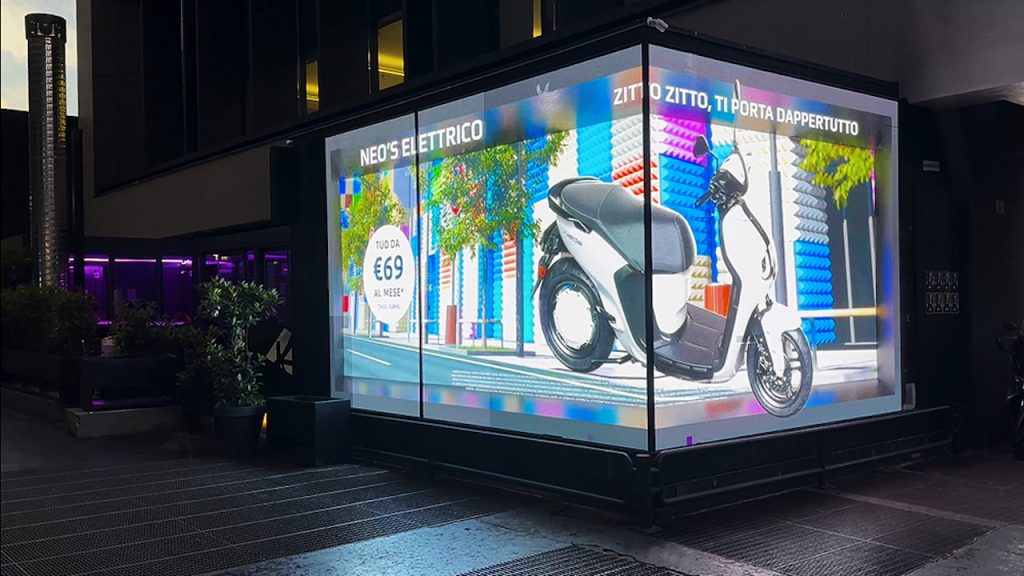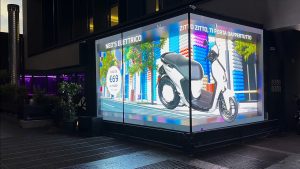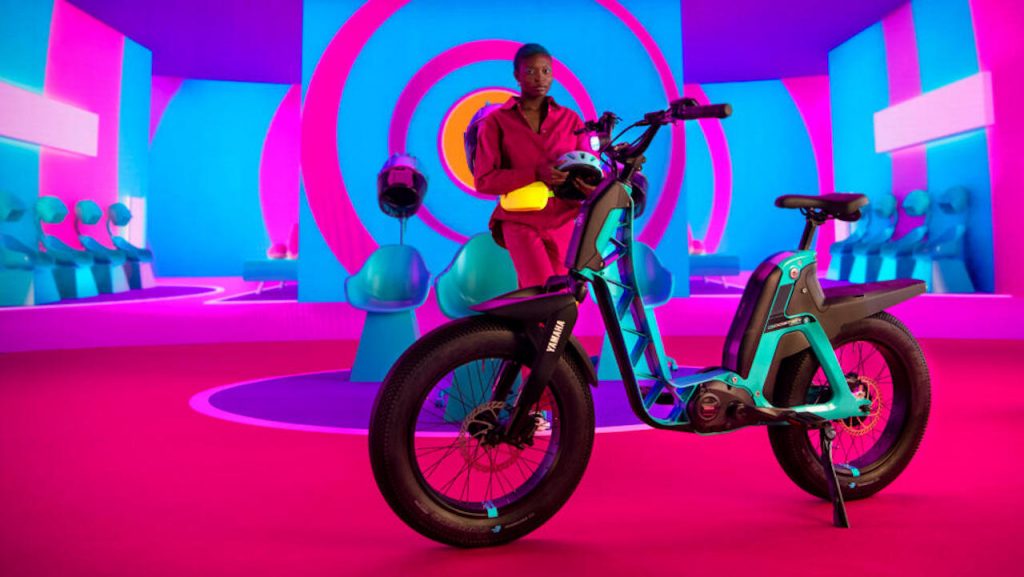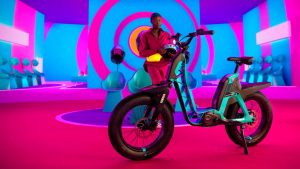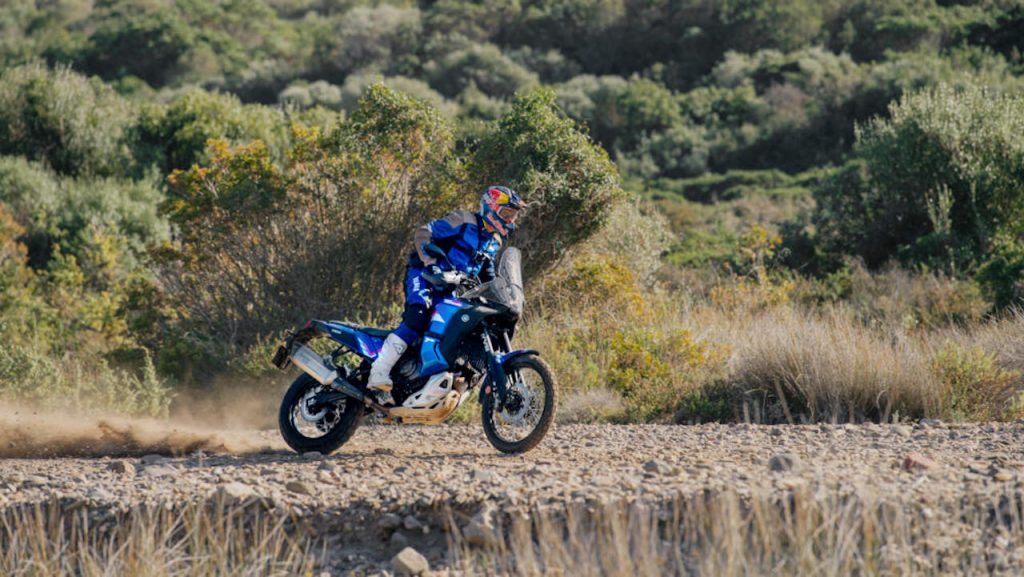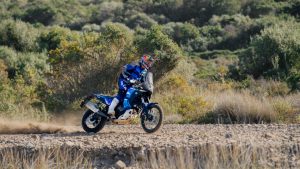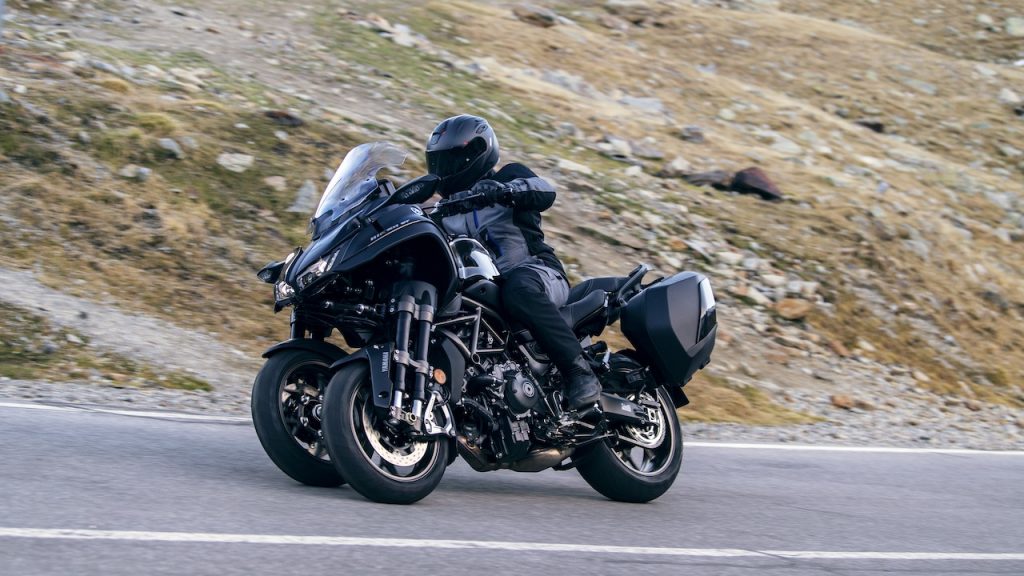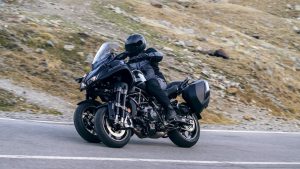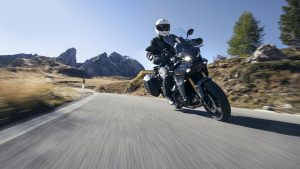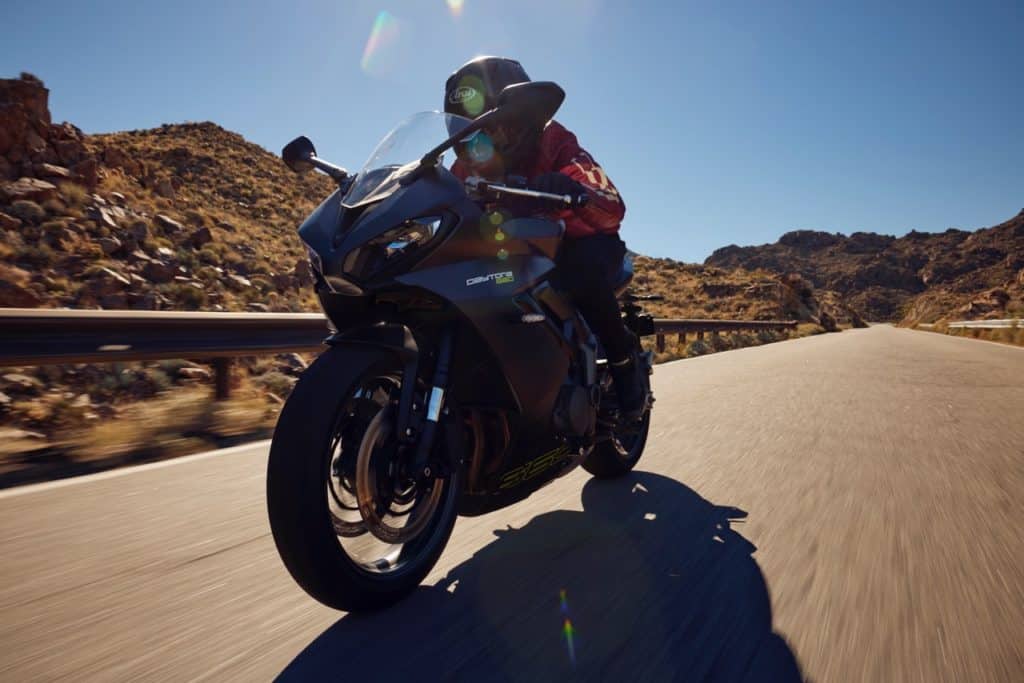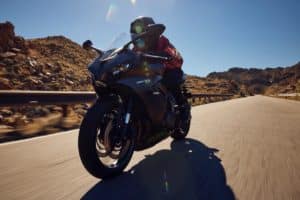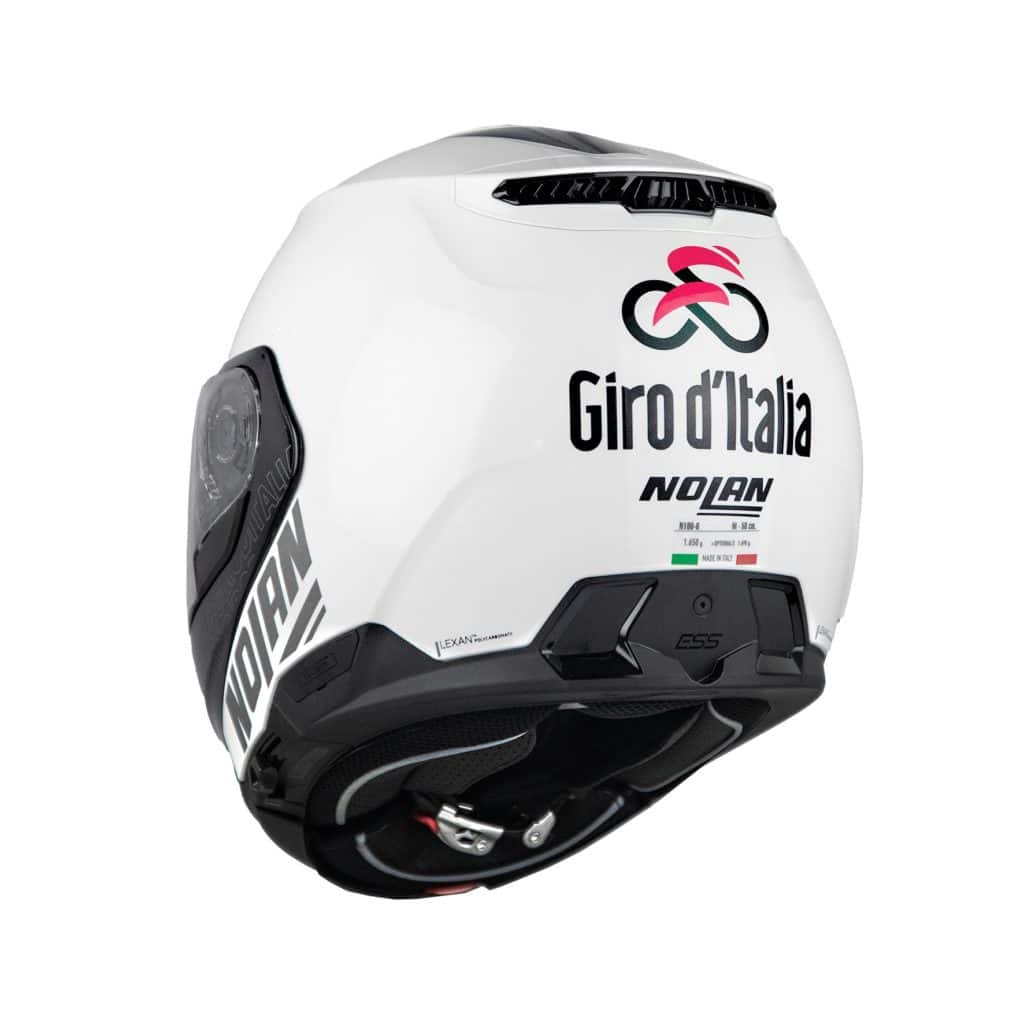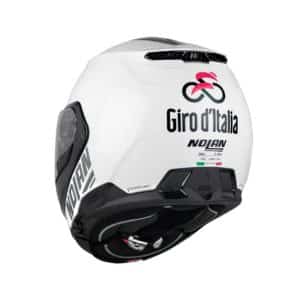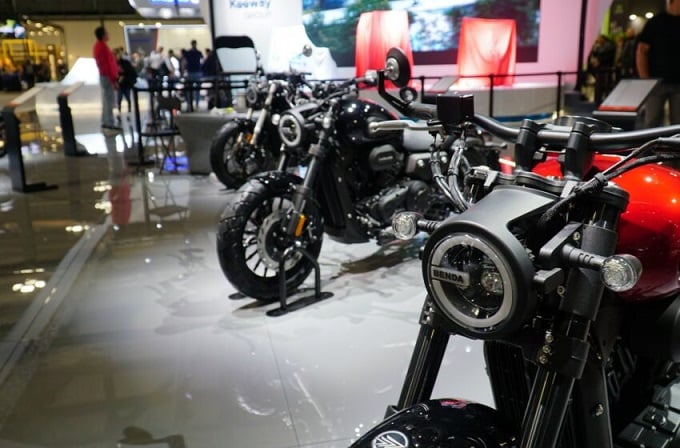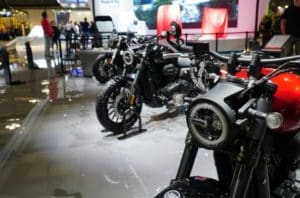Yamaha MT-09: a summary of the new specimen [VIDEO]
3cc EU889 CP5 engine
![Yamaha MT-09: a summary of the new specimen [VIDEO]](https://moto.motorionline.com/wp-content/uploads/2021/02/2021_YAM_MT09_EU_PGD_ACT_003_03-1024x576.jpg)
![Yamaha MT-09: a summary of the new specimen [VIDEO]](https://moto.motorionline.com/wp-content/uploads/2021/02/2021_YAM_MT09_EU_PGD_ACT_003_03-300x169.jpg)
The new Yamaha MT-09 appears aesthetically and technically evolved, starting from a distinctive design.
Aesthetics
The different characteristics are highlighted in the proposed video.
Tense and compact features with chromatic garments Storm Fluo, icon blue e TechBlack and chassis and powertrain stand out. The overall essentiality and a connotative "coverless" design suggest a marked dynamic nature. The appearance of the main headlight assembly a LED it appears minimalist, noting a characteristic Y motif also visible at the back, furthermore the front mudguard appears contained. Overall, a sleek and sporty vision with 10-spoke Spin Forged rims, developed through a forging technology that involves heating and high-speed rotation of the cast rims, pressing the edges through rollers to reduce the thickness to just 2 mm, keeping resistance in mind. The new Spin Forged wheels are 700 grams lighter than the previous ones, containing the wheels' gyroscopic inertial moment by 11% at the rear wheel, according to the indications.
The weight of the vehicle itself is low, 189 kg. Elements such as the tank and saddle are defined with the different sizes and builds in mind.
Technique and technology
A model with a new chassis delta box lightweight CF die-cast aluminium, developed together with the 889 cc engine. There are two larger crossmembers that run directly from the steering head to the swingarm joint and the new frame, the rear subframe and the aluminum swingarm are 2,3 kg lighter, if we evaluate the structure of the previous model. We note interventions on the longitudinal, lateral and torsional balance of the frame, with a 50% increase in lateral rigidity, as a function of stability. Furthermore, the position of the steerer tube is limited by 30 mm.
It features instrumentation TFT da 3,5 inches with a color display, also characterized by a light structure and medium size. Among the technological aspects there is also a Hi-Tech 6-axis IMU solution. A system 50% smaller and 40% lighter, as indicated, with an intervention on the layout of the sensors. Also listed: Brake Control (BC), Traction Control System (TCS), Slide Control System (SCS) then a front wheel lift control system Control System (LIF). Speaking of Brake Control, it interacts with the ABS and autonomously controls and modulates the front and rear brake pressure, avoiding possible wheel locking during more intense braking, when driving in an upright position and when leaning. TCS works to optimize the driving force of the rear wheel during acceleration and three switchable modes are listed, each integrating three of the rider support systems with intervention levels changed simultaneously in modes 1 and 2. Mode 1 offers moderate intervention , mode 2 a significant intervention, finally mode M allows you to choose manual settings. The SCS system manages the thrust when a lateral slip of the rear wheel is expected, supporting the rider in driving. The LIF also assists the rider by helping him to concentrate on the road by taking care of the engine power and the lifting of the front wheel, making the dynamism during sprinting and acceleration more fluid.
Together with the possible combination of accessories, we also remember the MyRide app relating to driving and the MyGarage app through which you can define a model.
The chassis includes new KYB® front forks adjustable in preload, compression and rebound with new settings with 41 mm stanchions for progressive fork action and maximum resistance to bending. Also highlighted is a modified rear progressive link suspension design and a new adjustable KYB® mono with a resized unsprung weight. The new aluminum swingarm with a low mass of 250 grams is distinguishable by a more linear right side and a more symmetrical overall view. The swingarm is located between the frame structure, no longer outside the frame, as indicated. This is also the second Yamaha example equipped with the YZF-R1 type braking system with a Nissin radial master cylinder in which the piston moves in a direction parallel to the travel of the brake lever.
Motor
The redefined powertrain CP3 three-cylinder with crossplane technology results EU5. A larger displacement with a new exhaust and low weight. The displacement reaches 889 cc with 3 mm more bore and an increased power of four horsepower, tapping 119 horses at 10.000 rpm. The pair with a vertex of is also superior 93 Nm achieved at 7.000 rpm, which is 1.400 rpm lower on the scale.
Among the main aspects of the new engine we also mention the renewed fuel delivery system, injected on the rear part of the intake valve heads. The Yamaha Chip Controlled Throttle (YCC-T) solution has also been updated by adding a new throttle position sensor and grip (APSG). Also highlighted is a new Quick Shift System (QSS) as well as an optimized A&S clutch, slightly increasing the ratios in first and second gear with a newly set fork.
Video: Yamaha Motor Europe
Photo: Yamaha Motor
if you want to always be updated on our news
Follow us here

